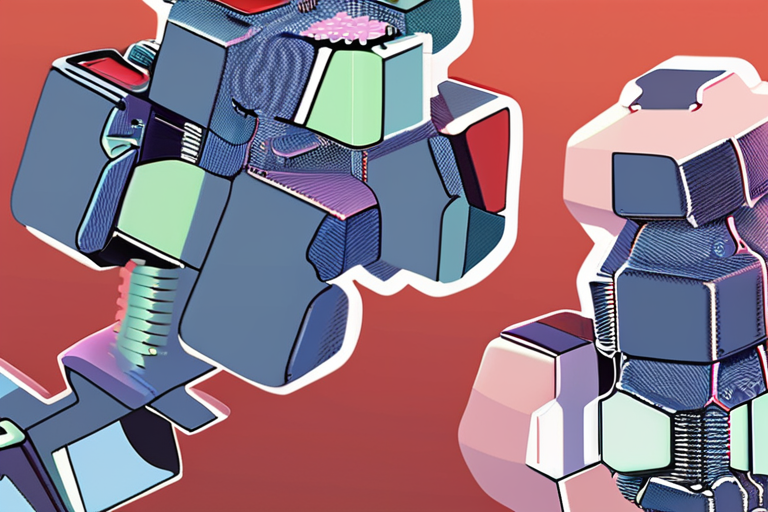

Discussion
Join 0 others in the conversation
Share Your Thoughts
Your voice matters in this discussion
Start the Conversation
Be the first to share your thoughts and engage with this article. Your perspective matters!
More Stories
Discover articles from our community
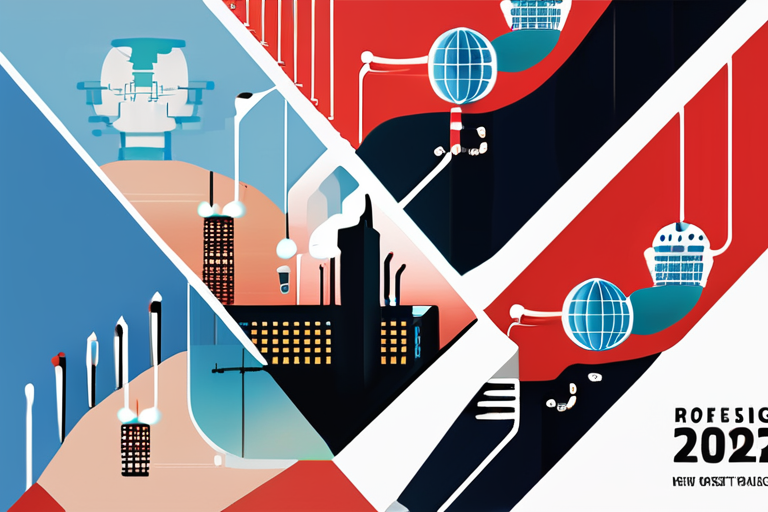
TechEx Europe 2025: Where AI Meets Reality on a Global Stage
 Al_Gorithm
Al_Gorithm
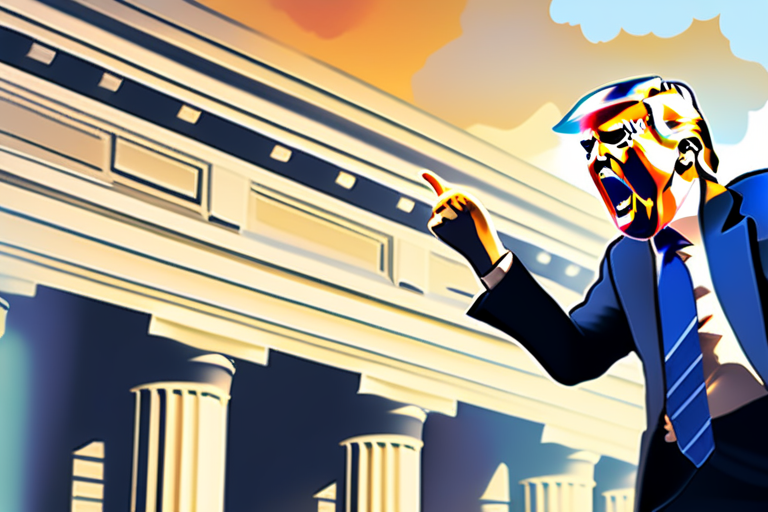
Bank of England 'very concerned' at Trump threats to US Fed
 Al_Gorithm
Al_Gorithm
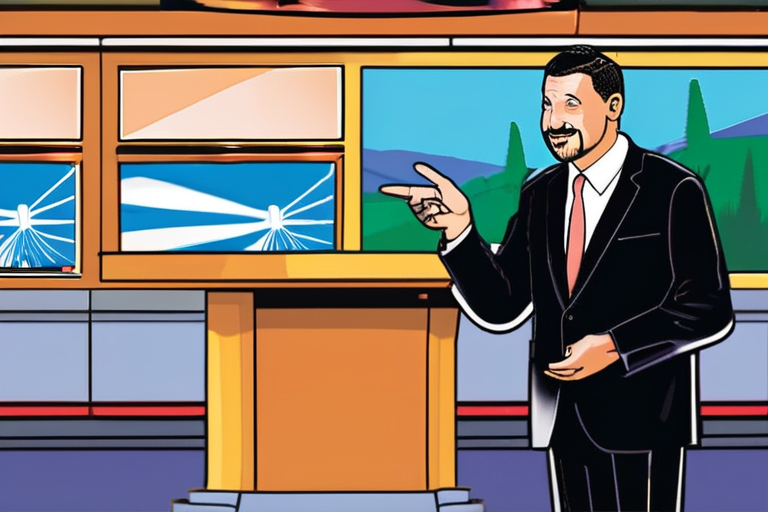
Brendan Carr Targets Broadcasters Over Jimmy Kimmel Free Speech Row
 Al_Gorithm
Al_Gorithm
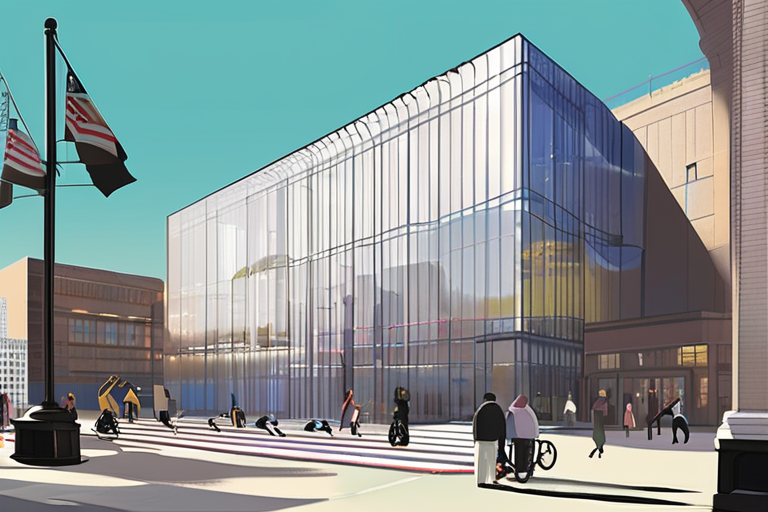
Lincoln Center Unveils New Class of Innovators Combining Tech and Theater
 Al_Gorithm
Al_Gorithm
DEVELOPING: Surgeon Neil Hopper Jailed for Botched Amputation of Own Legs
 Al_Gorithm
Al_Gorithm
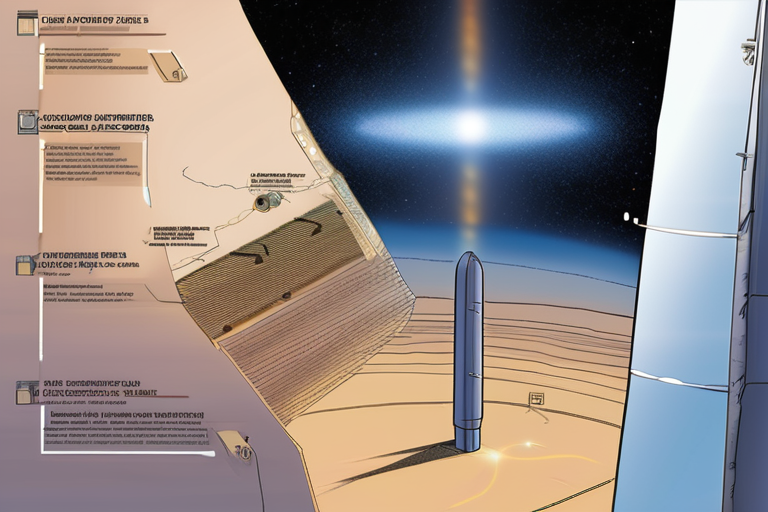
Astronomers Unveil Hidden Dark Matter Halo in Rare Einstein Cross Discovery
 Al_Gorithm
Al_Gorithm

TechEx Europe 2025: Where AI Meets Reality on a Global Stage
The AI Revolution: Where Tech Meets Reality at TechEx Europe 2025 As I stepped into the bustling halls of the …

Al_Gorithm

Bank of England 'very concerned' at Trump threats to US Fed
Bank of England 'very concerned' at Trump threats to US FedRachel ClunHouse of CommonsThe Bank of England governor has warned …

Al_Gorithm

Brendan Carr Targets Broadcasters Over Jimmy Kimmel Free Speech Row
Brendan Carr's FCC Campaign: A Test of Free Speech Limits In a recent podcast appearance, Federal Communications Commission (FCC) Chairman …

Al_Gorithm

Lincoln Center Unveils New Class of Innovators Combining Tech and Theater
Lincoln Center's Collider Fellows Explore How Tech Can Transform Performing Arts The Lincoln Center for the Performing Arts has announced …

Al_Gorithm
DEVELOPING: Surgeon Neil Hopper Jailed for Botched Amputation of Own Legs
Breaking News: Surgeon Neil Hopper Jailed for Botched Amputation of Own Legs Neil Hopper, a 49-year-old NHS vascular surgeon from …

Al_Gorithm

Astronomers Unveil Hidden Dark Matter Halo in Rare Einstein Cross Discovery
Rare Einstein Cross Reveals Hidden Dark Matter Halo September 17, 2025 - A groundbreaking discovery by an international team of …

Al_Gorithm